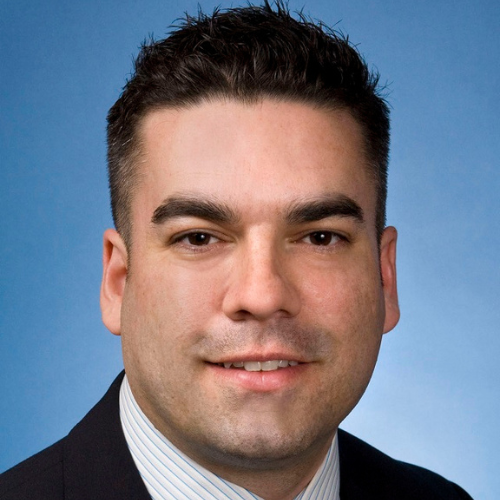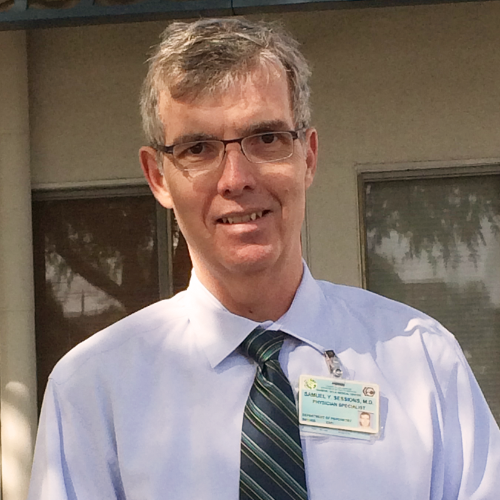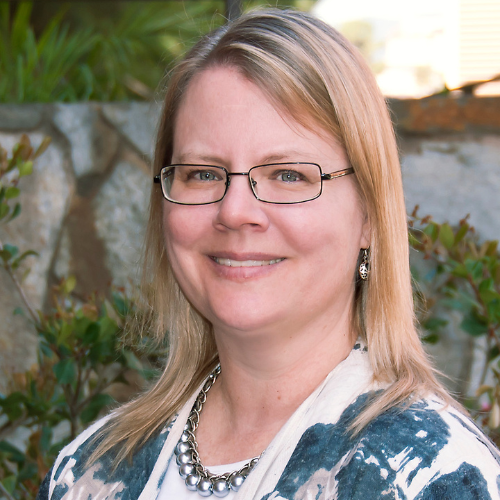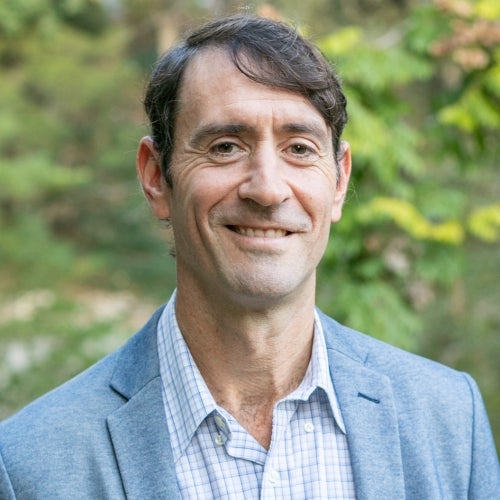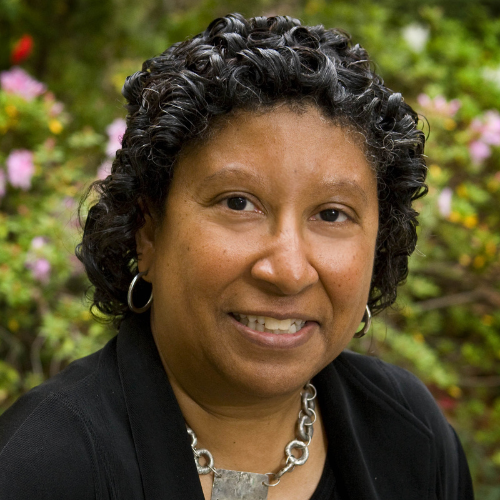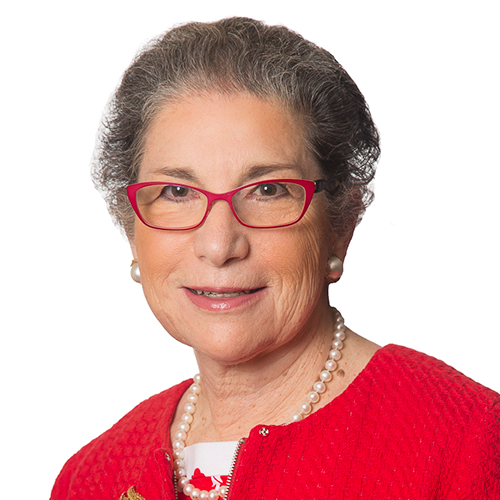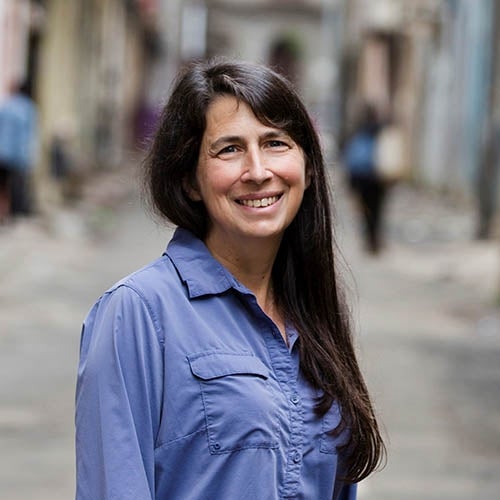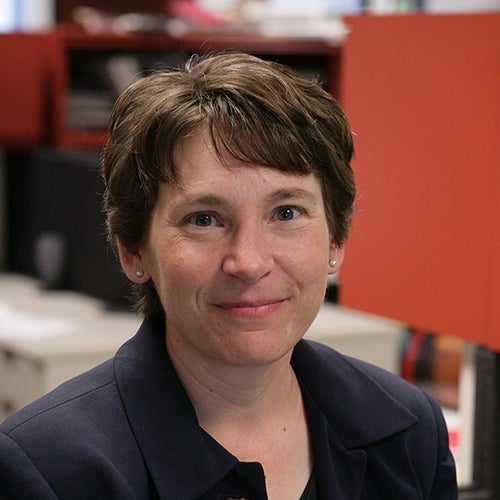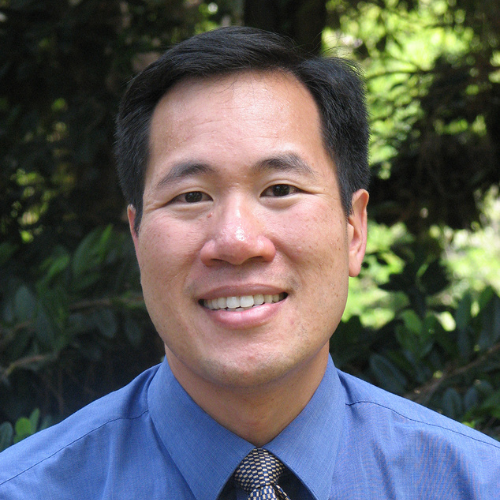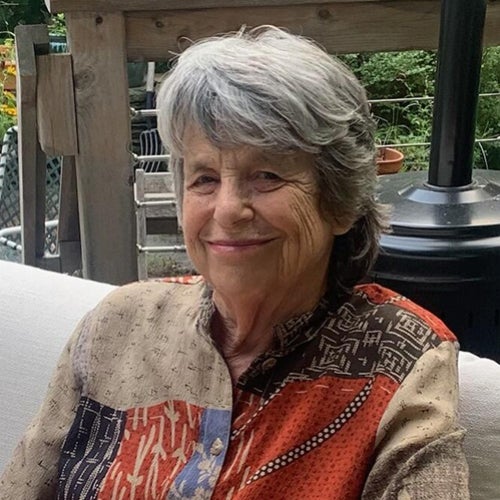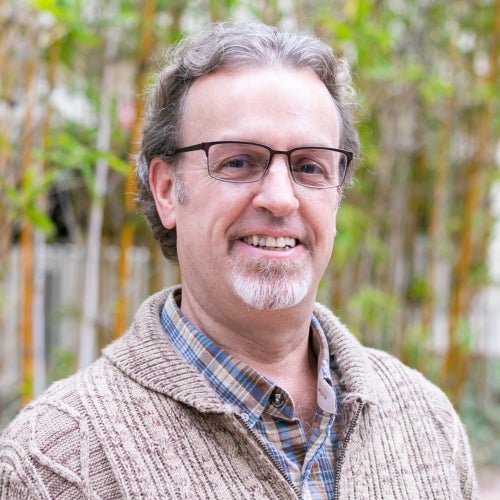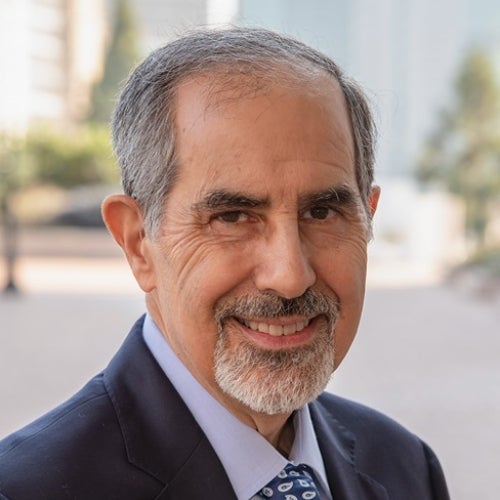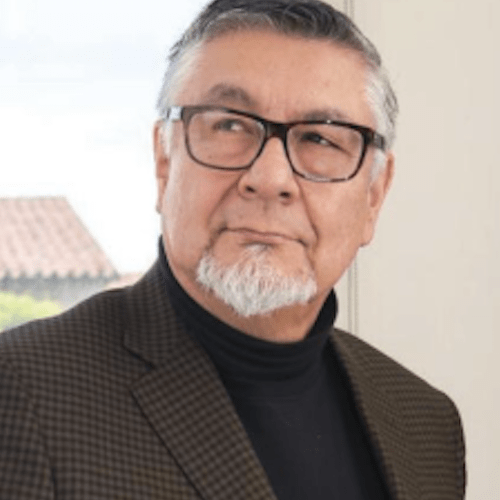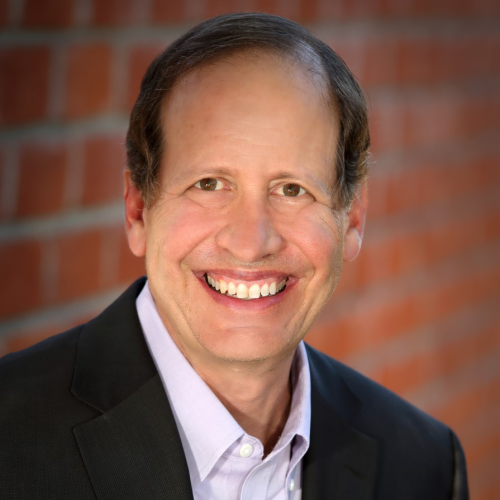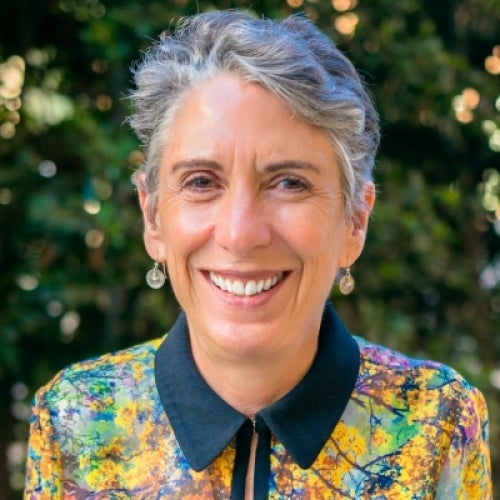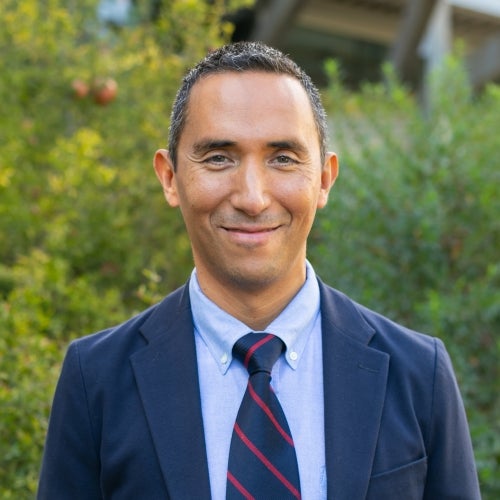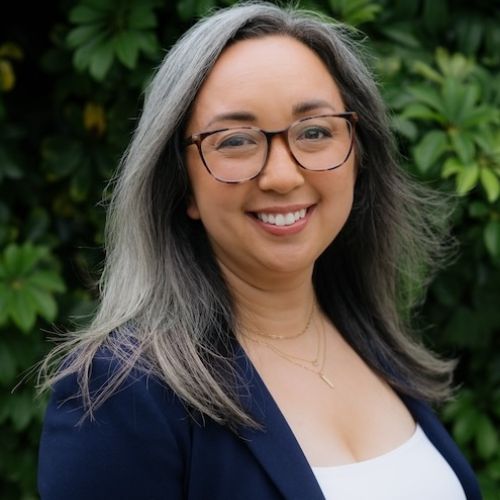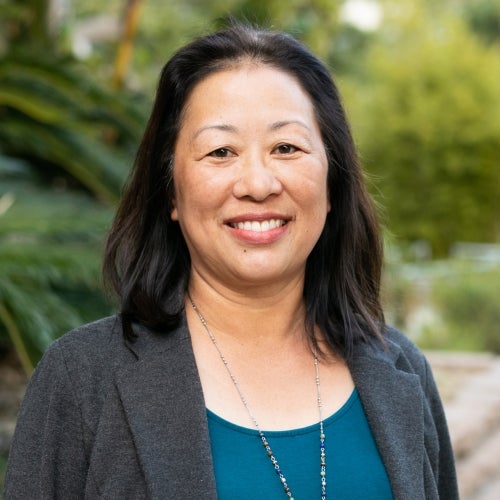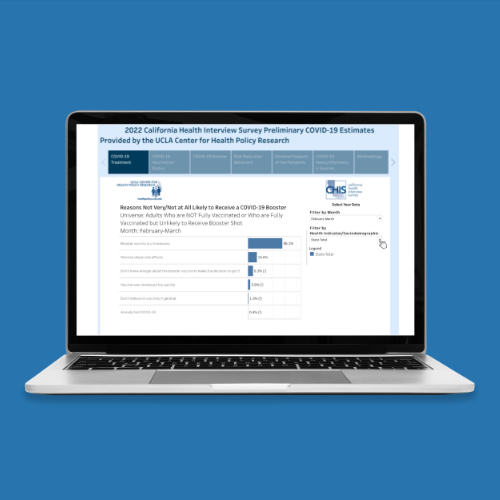California Health Interview Survey releases local-level health data
The California Health Interview Survey, led by Dr. Ninez Ponce, has published new estimates at the city, ZIP code, district, and census tract levels.

The UCLA Center for Health Policy Research has updated its health data query tool, AskCHIS Neighborhood Edition™ (NE), with new topics and 2020 small area estimates that provide specific health and demographic data on Californians at progressively finer levels of magnification: legislative district, county, city, ZIP code, and census tract.
Drawing upon the responses of more than 20,000 households in California interviewed each year by the California Health Interview Survey (CHIS), AskCHIS NE provides data on various health topics: chronic conditions such as asthma and diabetes, delays in receiving medical care, health and mental health status, physical activity, food insecurity, and more. The new update, which includes data from the 2019–2020 CHIS, features two new indicators related to smoking: secondhand smoke exposure and flavored tobacco use.
Using a sophisticated modeling technique called Small Area Estimation (SAE), AskCHIS NE provides local health departments, policymakers, legislators, community organizations, researchers, and other stakeholders the data needed to target health interventions based on a neighborhood’s specific needs.
by Tiffany Lopes and Venetia Lai
Faculty Referenced by this Article

Dr. Michelle S. Keller is a health services researcher whose research focuses on the use and prescribing of high-risk medications.
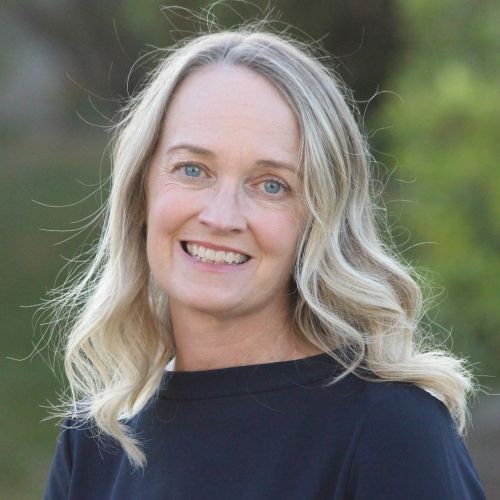
EMPH Academic Program Director with expertise in healthcare marketing, finance, and reproductive health policy, teaching in the EMPH, MPH, MHA program

Dr. Ron Andersen is the Wasserman Professor Emeritus in the UCLA Departments of Health Policy and Management.

Professor of Community Health Sciences & Health Policy and Management, and Associate Dean for Research
Nationally recognized health services researcher and sociomedical scientist with 25+ years' experience in effectiveness and implementation research.


